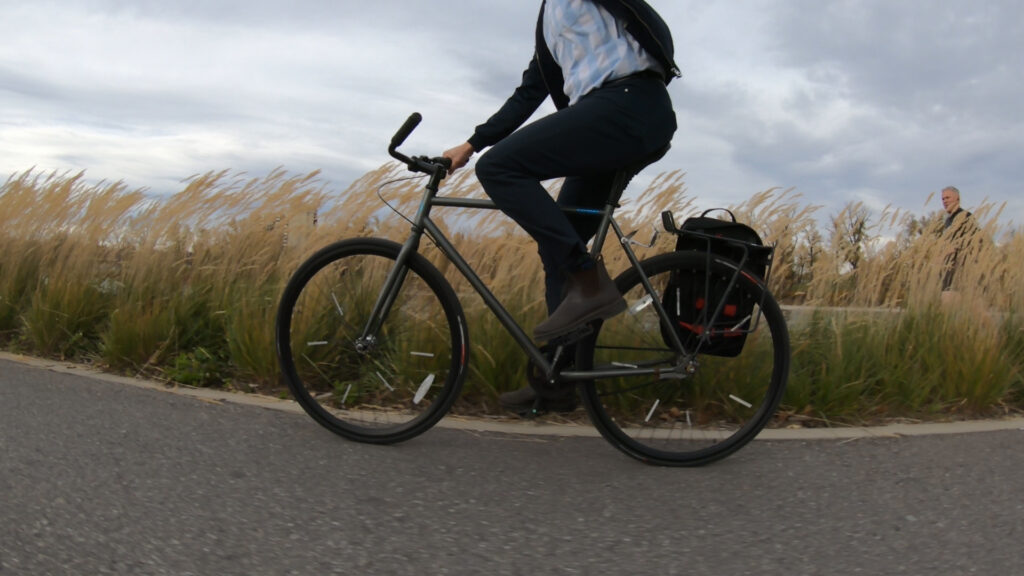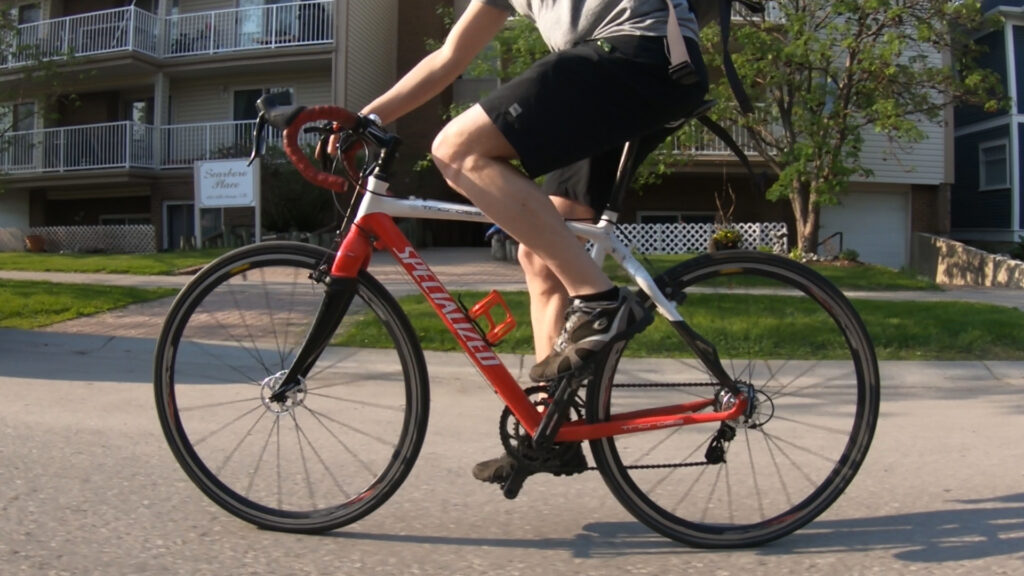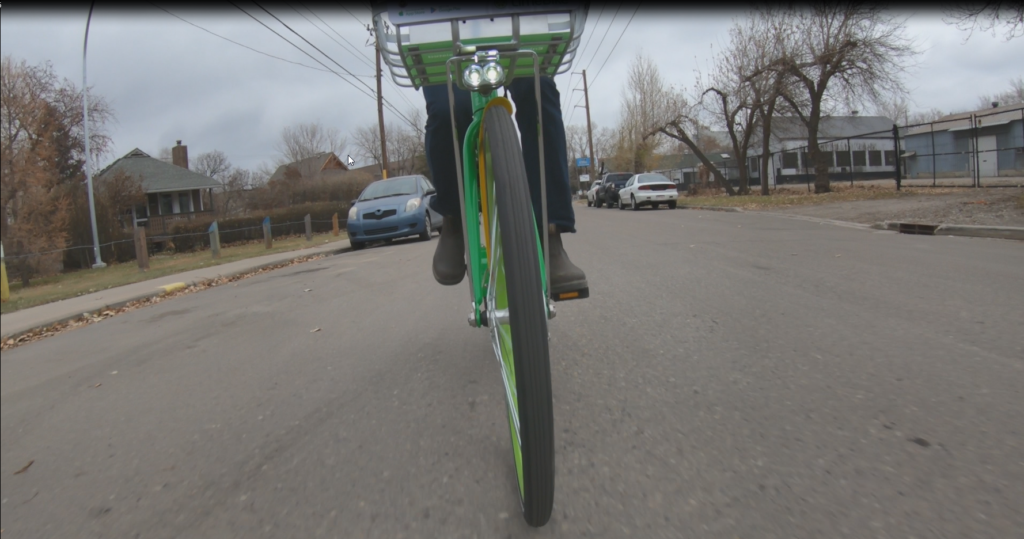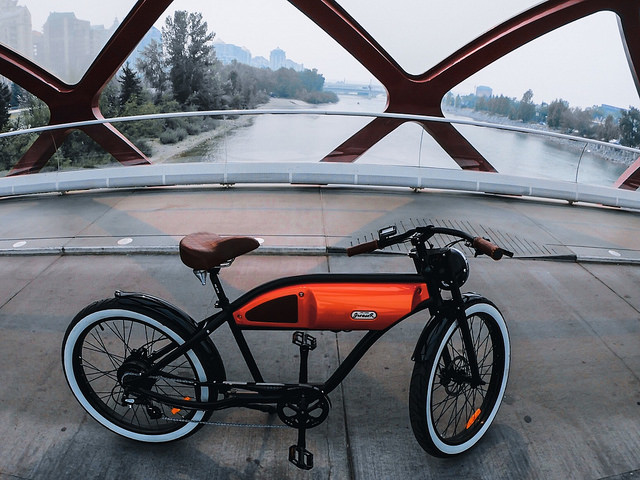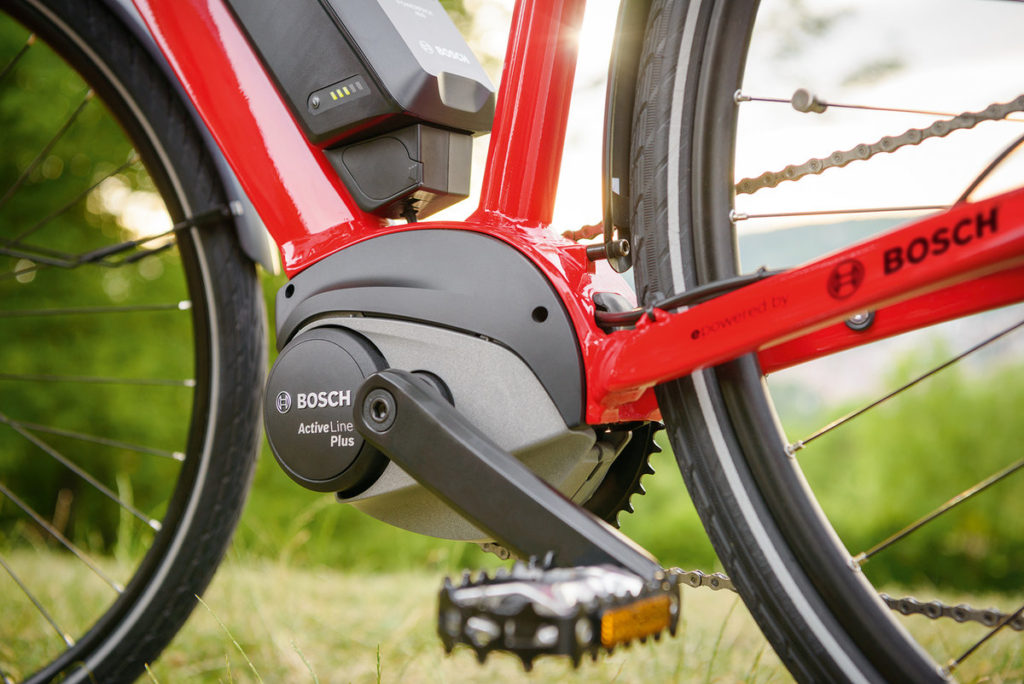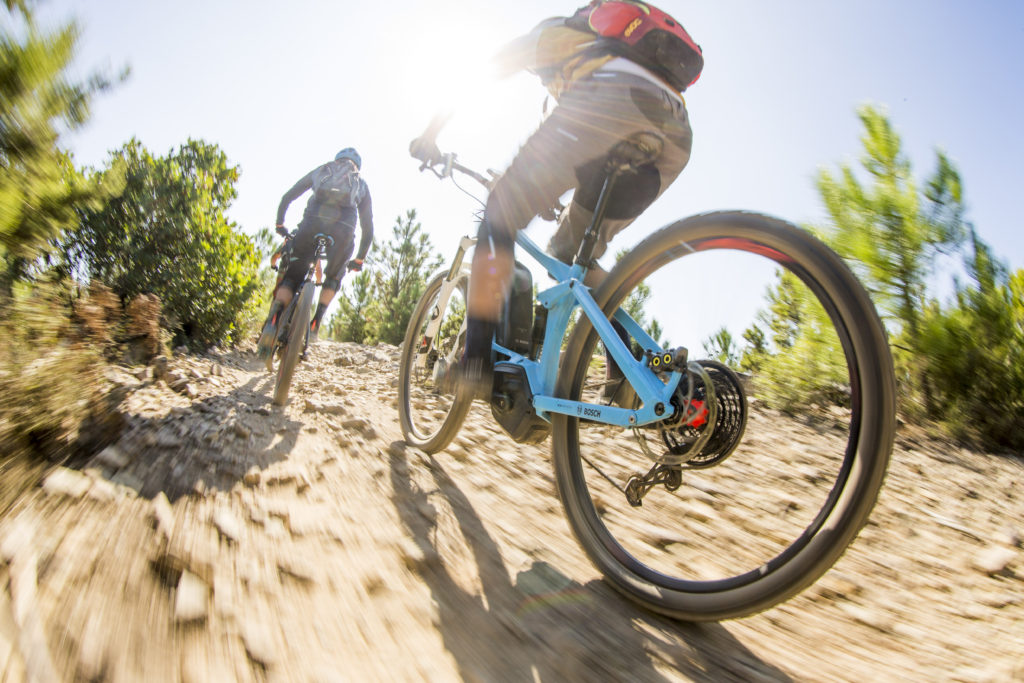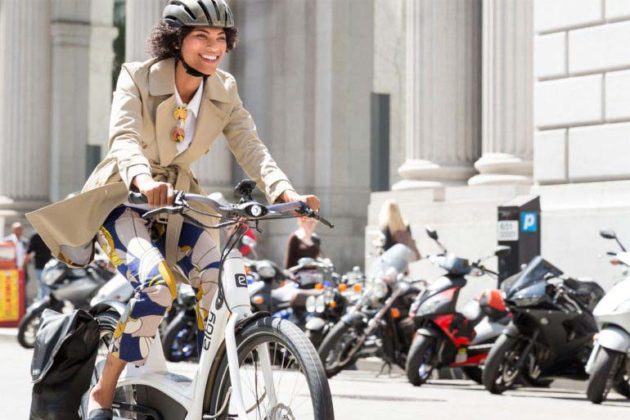
E-bikes are one of the fastest growing segments of the bike world. Photo courtesy of Bikeberry.com.
Ever since electric bikes were introduced and started gaining popularity, there has been an ongoing argument among traditional bicycle riders and those who prefer electric bikes about whether riding a motorized bicycle counts as an exercise and has health benefits as a traditional bike.
Some traditionalists claim that riding an electric bike is almost like “cheating” and has little or no health benefits.
Here are some facts about the important health benefits of electric bikes, which will hopefully rebuke this idea:
Riding an electric bike counts as an aerobic exercise
There are so many studies that have proven that regular exercise can significantly improve our well-being and health, as well as reduce the risk of serious illnesses which are usually associated with sedentary lives and unhealthy diets.
Chronic illnesses such as metabolic syndrome, diabetes type II, hypertension, heart disease, stroke and others are known to be the leading killers of the population of the U.S. The U.S. government has officially recommended getting about 2.5 hours of aerobic exercise with moderate intensity, or 1 hour and 15 minutes of intensive aerobic exercise, per week in order to reduce the risk of developing these life-threatening diseases.
Cycling is an excellent way to meet these recommendations. For the many people who struggle to ride for long distances or extended periods of time because of health or age-related issues or low fitness levels, electric bikes are a great alternative to get pedaling.
They do make the job easier thanks to the motor and throttle which helps the cyclist along the way, especially when climbing hills or riding against a strong wind. But riding an e-bike still involves some pedaling, so when people use them for commuting, for running errands or for fun, they still get moderate amounts of aerobic exercise.
For people who usually lead sedentary lives, riding an e-bike three times per week for about 40 minutes can add up to two hours of moderate aerobic exercise, which is much more than they usually do.
The heart rate of new electric bike riders rises by an average of 75% of their maximum which equals the rate during an easy jog or brisk walk.
This type of exercise helps reduce body fat and reduce blood-sugar levels, plus it strengthens the heart and improves lung capacity.
Plus, e-bikes are fun, which encourages people to ride. For average non-athletes, riding an e-bike will definitely help improve your fitness level and your health.

For cyclists with problems related to mobility, age or simply fitness, electric bikes can help motivate bike rides. Photo courtesy of Bikeberry.com.
People with e-bikes ride more
Studies show that, mainly due to the fun involved in riding an e-bike, people who choose this type of cycling tend to ride much more than those who rely on regular bicycles.
More people are using them to cover longer distances on a daily basis, such as for commuting or for running errands, rather than using their cars. Electric bikes also save a lot of time and money as compared to driving through heavy traffic every day, paying for gas, parking, insurance, and car maintenance.
Plus, with electric bikes, people can carry heavy cargo, groceries and their children as well, which is another reason why the army of e-bikers is growing on a daily basis.
More miles means more pedaling, and more pedaling means more exercise and improved fitness levels.
Your bones, muscles, and joints will become stronger too
Since e-bikes are quite heftier than regular bicycles, pedaling, steering and balancing on them requires quite a bit more effort, which can strengthen bones, muscles and joints. This can significantly reduce the risk of osteoporosis-related injuries and fractures.
Riding an electric bike helps reduce stress and builds up confidence
Yes, your mental health can improve once you start riding an e-bike regularly. Many people who feel intimidated about riding a regular bike find their confidence levels will grow along with their strength as they ride an e-bike.
You may even become ready to get back to regular cycling once again. This is especially true for people with injuries, disabled people or those who are not fit enough to ride a bicycle for miles and miles.
Once your stress levels decrease, and your confidence in yourself increases, you will feel much readier to face new challenges!

E-bikes are proving to be valuable transportation tools for urbanites looking for practical transportation options. Photo contributed by Bikeberry.com.
Conclusion
As you can see, there are some serious health benefits of riding an e-bike, especially if you are not all that active and fit to begin with.
Riding an e-bike will help you lose any extra weight you are carrying, it will strengthen your bone structure as well as your muscles and joints. Also, regular riding will make your heart stronger and less prone to problems and illnesses. Your blood pressure and blood sugar levels will get back to normal, and so will your quality of life.
Hopefully, these pointers will help traditional cyclists understand the growing popularity of e-bikes, begin to appreciate their health benefits, and get over the idea that e-bikes are not “real” bikes. Besides, anything that gets more people to ride a bike makes the world a better place!
This sponsored content was created in partnership with BikeBerry.com.
